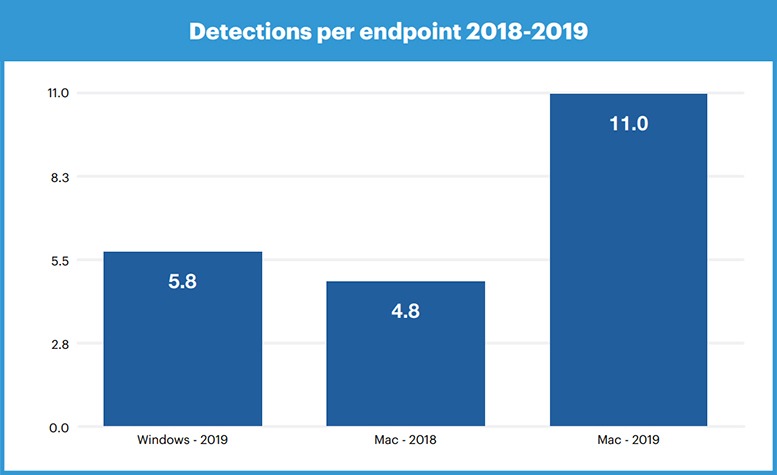


The list of recognized trojans has been expanded many times from the original two (RSPlug and iServices) included in 10.6.0, and as of Security Update 2011-003, new malware definitions are downloaded daily, when available. Quarantine now uses a technology Apple has quietly named XProtect to scan downloads for known malware. In Snow Leopard, quarantine was expanded to also check for trojans. Obviously, if you see this warning when trying to open something you didn’t think was an application – for example, if you thought the file was a song in MP3 format or a picture in JPEG format – you probably shouldn’t open it. It is explained very well in Apple Support article HT3662, but here’s the gist of it: when you download a potentially dangerous file using a quarantine-aware application (such as Safari or Mail), that file will be “quarantined.” When you try to open it, the OS will warn you and ask if you really want to open it.
Macos malware used runonly avoid detection mac os x#
File Quarantineįile quarantine is a feature of Mac OS X introduced in Leopard. The key is knowing what they are and what they do, so that you don’t unintentionally disable something without understanding the consequences. However, there are some very innovative security features in Mac OS X that can do a lot to help protect you, if you let them. Mac OS X is certainly not impervious to malware, and there have been some imperfections in Apple’s handling of security issues over the years. In addition, macOS layers protections to ensure that apps downloaded from the Internet are free of known malware. App security on macOS consists of a number of overlapping layers-the first of which is the option to run only signed and trusted apps from the App Store. Published June 17th, 2012 at 8:31 PM EDT, modified April 25th, 2014 at 12:17 PM EDT Mac Os Protected Apps By lutingkompreng1971 Follow | Public


 0 kommentar(er)
0 kommentar(er)
